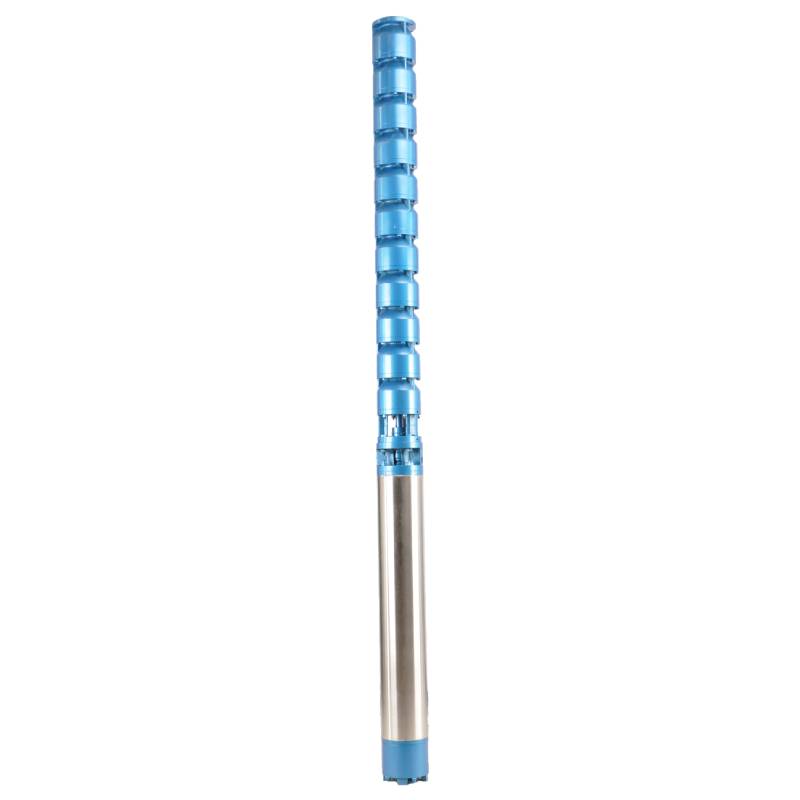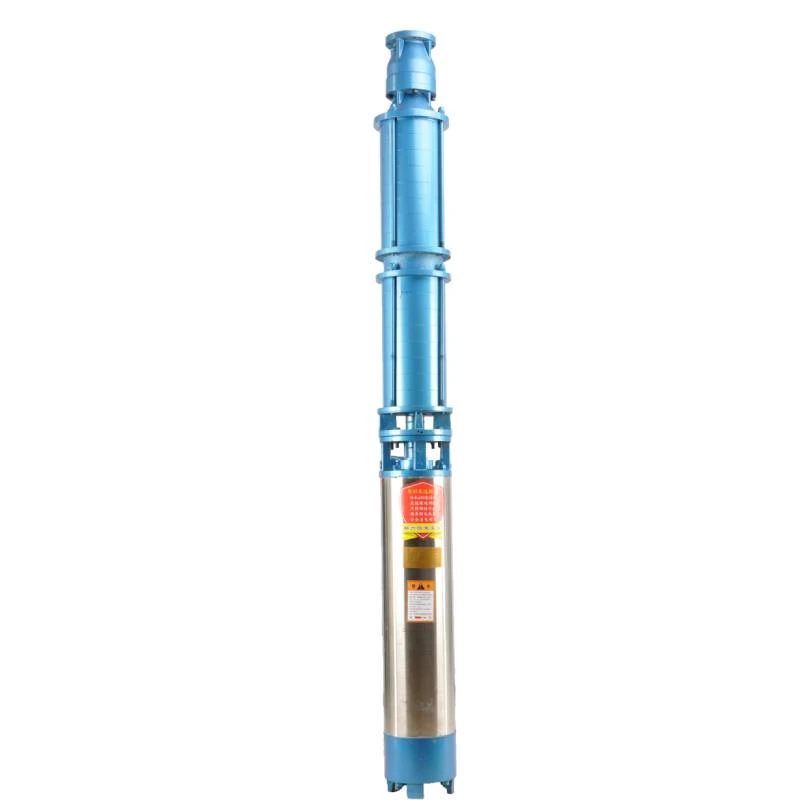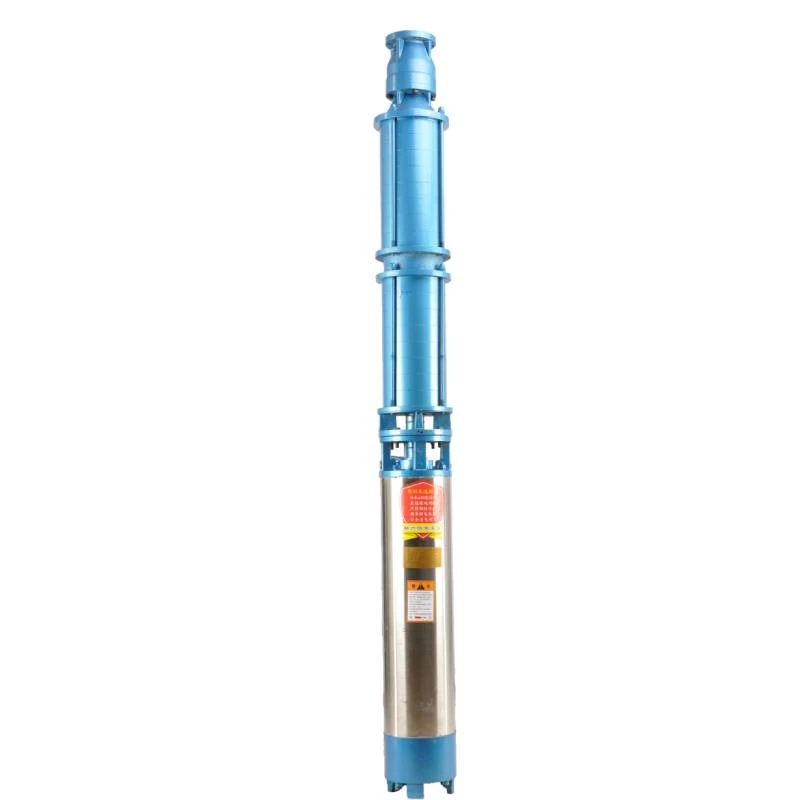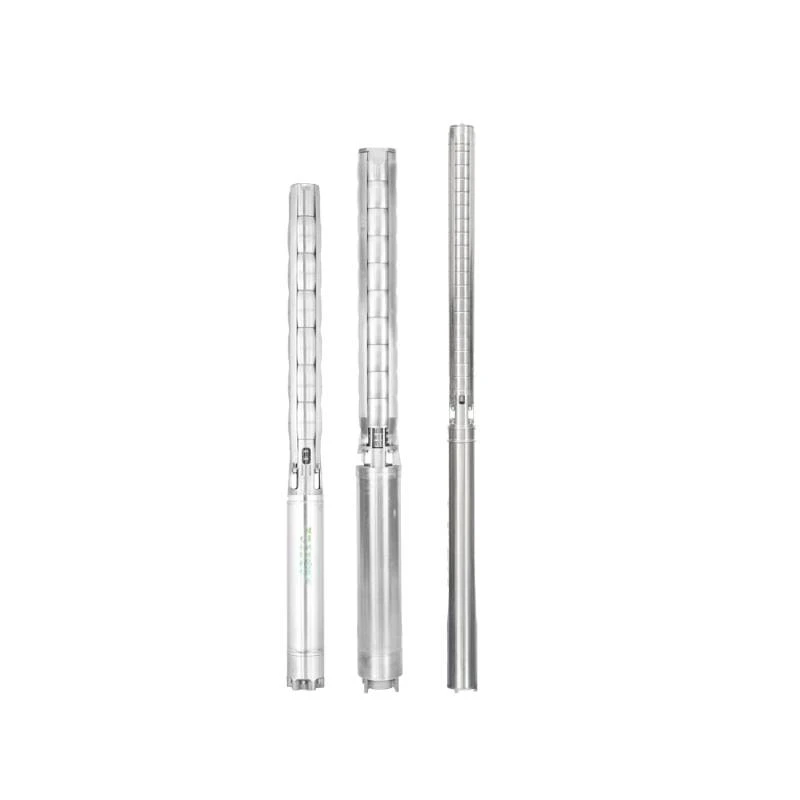Սպտ . 25, 2024 18:39 Back to list
deep well submersible pump wiring
Understanding Deep Well Submersible Pump Wiring
Deep well submersible pumps are essential for accessing groundwater from considerable depths
. These pumps, designed to function underwater, require a specific wiring setup to ensure efficient operation and safety. Proper wiring is crucial for the performance and longevity of the pump, as well as for the safety of personnel working with electrical components.Wiring a deep well submersible pump involves several key components the pump itself, a control panel, and power supply lines. The wiring must be robust enough to withstand water exposure and the associated pressure in deep wells. Typically, submersible pumps incorporate multi-conductor cables, which facilitate the transmission of power and control signals. These cables are usually insulated and designed specifically for submersible applications.
When setting up the wiring, it is vital to ensure that the power supply matches the pump’s voltage requirements. Most submersible pumps operate on either 230V or 460V, depending on their size and application. It's essential to follow the manufacturer's specifications to prevent electrical faults and ensure proper pump performance.
deep well submersible pump wiring

The control panel serves as the brain of the operation, containing various relays, circuit breakers, and fuses to protect the pump from electrical overloads. Proper wiring from the pump to the control panel is necessary, including clearly marked terminals to avoid confusion during installation. Additionally, installation should always incorporate ground wires to prevent electrical shocks and potential equipment damage.
When configuring the wiring, waterproof connections are paramount. Junction boxes should be sealed properly to prevent water ingress, which could cause short circuits or damage the pump. It’s also advisable to use submersible-rated connectors to ensure durability and reliability in moist environments.
Moreover, periodic maintenance checks should include inspection of the wiring for signs of wear, fraying, or corrosion, as these issues can lead to pump failures. Operators should be familiar with troubleshooting techniques to identify electrical issues promptly and rectify them.
In conclusion, proper wiring for deep well submersible pumps is not only about connecting wires but ensuring safety, efficiency, and reliability. Adhering to the necessary electrical standards and following manufacturer guidelines can help achieve a smooth and effective operation, ultimately enhancing the lifespan of the pump system. Understanding these nuances of wiring will empower individuals to manage and maintain deep well systems effectively.
-
 Water Filled Submersible PumpA water filled submersible pump is engineered for optimal cooling, eco-friendliness, and high efficiency, especially in applications involving clean or slightly sandy water.Detail
Water Filled Submersible PumpA water filled submersible pump is engineered for optimal cooling, eco-friendliness, and high efficiency, especially in applications involving clean or slightly sandy water.Detail -
 The Ultimate Solution for CleanWhen it comes to efficient water delivery from underground or submerged sources, a submersible pump stands as the go-to solution for homes, farms, ponds, and industrial sites.Detail
The Ultimate Solution for CleanWhen it comes to efficient water delivery from underground or submerged sources, a submersible pump stands as the go-to solution for homes, farms, ponds, and industrial sites.Detail -
 SS Submersible PumpA ss submersible pump (short for stainless steel submersible pump) is the premium choice for environments that demand durability, corrosion resistance, and long-term performance.Detail
SS Submersible PumpA ss submersible pump (short for stainless steel submersible pump) is the premium choice for environments that demand durability, corrosion resistance, and long-term performance.Detail
